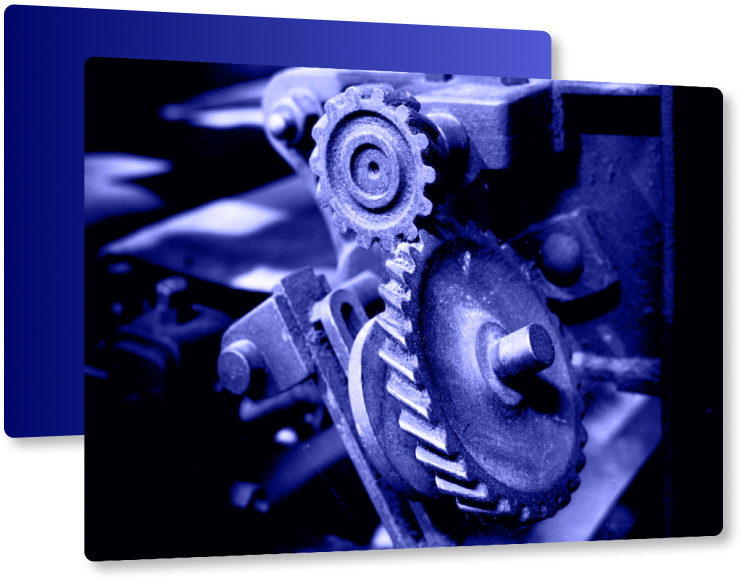In today's modern era, machines play a significant role in various industries and workplaces. With the advancement of technology, businesses have integrated machines and automated systems into their operations to increase efficiency, productivity, and overall output. However, along with the benefits of machines, there are also certain threats and challenges that need to be addressed. This article aims to explore the machine threat factors in the workplace and shed light on the potential risks associated with their utilization.
Machines have revolutionized industries, enabling businesses to automate tasks, streamline processes, and achieve greater productivity. However, as machines become more prevalent in the workplace, it is essential to acknowledge the potential threat factors they pose. These threat factors encompass various aspects, including human supervision, machine malfunctions, cybersecurity risks, job displacement, workplace safety, employee training, maintenance, economic costs, and ethical considerations.
Lack of Human Supervision
One significant threat factor associated with machines in the workplace is the lack of human supervision. While automation brings efficiency, it also reduces the need for human intervention. However, complete reliance on machines without adequate human oversight can lead to unforeseen errors, operational inefficiencies, and compromised quality control. It is crucial to strike a balance between machine automation and human supervision to ensure optimal performance.
Machine Malfunctions
Machines, like any other technology, are susceptible to malfunctions. Technical glitches, software bugs, or hardware failures can result in disrupted operations, downtime, and potential financial losses for businesses. Regular maintenance, timely repairs, and effective troubleshooting protocols are essential to minimize the risk of machine malfunctions and their subsequent impact on the workplace.
Workplace Safety
Machine threat factors in the workplace also extend to safety concerns. Improper usage, lack of training, or mechanical failures can result in accidents or injuries to employees. Ensuring strict adherence to safety protocols, conducting regular risk assessments, and providing comprehensive training programs are essential to maintain a safe working environment.
Maintenance and Downtime
Machines require regular maintenance to ensure optimal performance and longevity. Failure to conduct timely maintenance can lead to unexpected downtime, which can disrupt operations and incur financial losses. Implementing proactive maintenance schedules, conducting routine inspections, and promptly addressing issues can mitigate the risks associated with machine downtime.
Mitigating Machine Threat Factors
To address the machine threat factors in the workplace effectively, organizations should adopt a proactive approach. This includes:
- Conducting comprehensive risk assessments to identify potential threats and vulnerabilities.
- Prioritizing workplace safety through strict adherence to safety protocols and regular equipment maintenance.
- Developing contingency plans to minimize the impact of machine malfunctions and downtime.
- Promoting ethical practices and ensuring transparency in machine utilization.
The Role of Artificial Intelligence
Artificial Intelligence (AI) plays a pivotal role in mitigating machine threat factors. AI-powered algorithms can detect anomalies, predict machine failures, and enhance cybersecurity measures. By leveraging AI technologies, organizations can proactively address potential risks, improve operational efficiency, and optimize the overall performance of machines in the workplace.
Future of Machines in the Workplace
As technology continues to advance, machines will continue to evolve and become more integral to the workplace. The future holds the promise of advanced robotics, AI-driven automation, and even more sophisticated machines. It is crucial for organizations to stay abreast of these developments, embrace innovation, and adapt their strategies to leverage the benefits offered by machines while mitigating their associated threat factors.
FAQ
Why is workplace safety important when dealing with machines?
Workplace safety is crucial when dealing with machines due to the potential risks they pose. Machines can malfunction, leading to accidents or injuries. Proper safety protocols and training minimize these risks and create a secure work environment.
How can organizations ensure employee safety when working with machines?
Organizations can ensure employee safety by providing comprehensive training on machine operation, maintenance, and safety protocols. Regular risk assessments and adherence to safety guidelines are essential. Employees should also have access to personal protective equipment (PPE) when required.
What are some common safety protocols that should be followed when using machines?
- Common safety protocols include proper training for machine operation, wearing appropriate PPE, ensuring machines are properly maintained, using lockout/tagout procedures during maintenance, and reporting any malfunctions or unsafe conditions.


